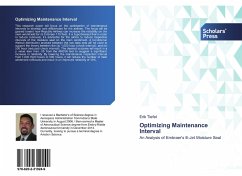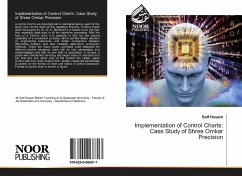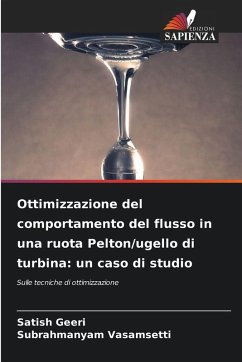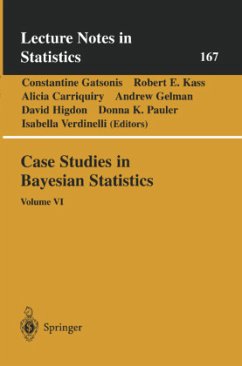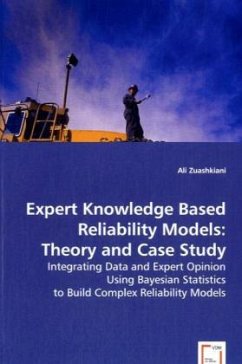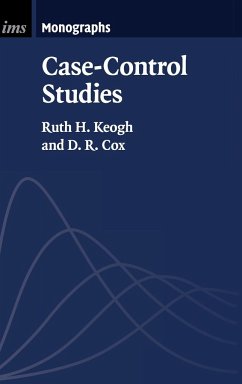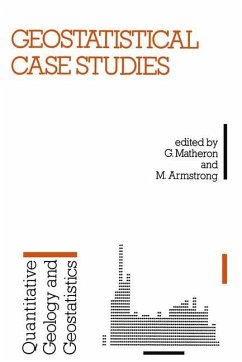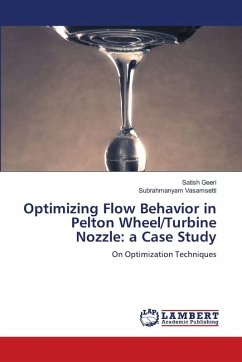
Optimizing Flow Behavior in Pelton Wheel/Turbine Nozzle: a Case Study
On Optimization Techniques
Versandkostenfrei!
Versandfertig in 6-10 Tagen
29,99 €
inkl. MwSt.

PAYBACK Punkte
15 °P sammeln!
The Pelton turbine's performance is influenced by the way the flow behaves in the pipe that is connected to the nozzle and the spear at various points. Owing to the complex phenomena of free surface flow, multi-fluid interaction, and unsteady, time-dependent fluid particle interactions in the turbine, the performance of the Pelton wheel cannot be determined using conventional methods without the use of hybrid computational fluid dynamics (CFD) and optimization techniques such as Taguchi Design of Experiments (DoE), with Technique for order of preference by similarity to ideal solution (TOPSIS)...
The Pelton turbine's performance is influenced by the way the flow behaves in the pipe that is connected to the nozzle and the spear at various points. Owing to the complex phenomena of free surface flow, multi-fluid interaction, and unsteady, time-dependent fluid particle interactions in the turbine, the performance of the Pelton wheel cannot be determined using conventional methods without the use of hybrid computational fluid dynamics (CFD) and optimization techniques such as Taguchi Design of Experiments (DoE), with Technique for order of preference by similarity to ideal solution (TOPSIS), Grey Relational Analysis (GRA) & Criteria Importance Through Intercriteria Correlation (CRITIC). The effect of input factors, such as intake pressure and various spear placements in the nozzle, on the responses/performance indices (outlet velocity, outlet pressure, and Tangential force component) with the use of DoE.




